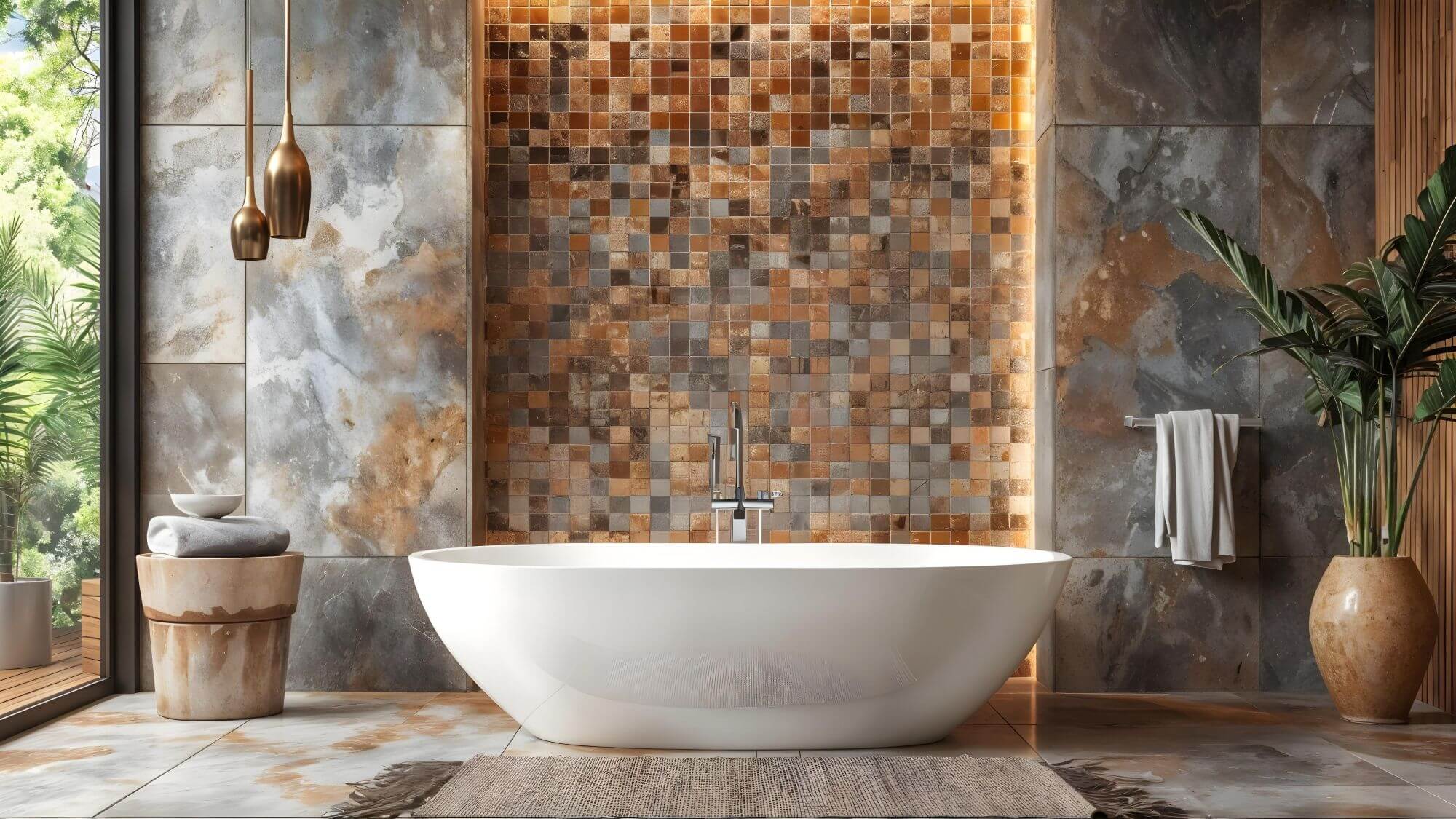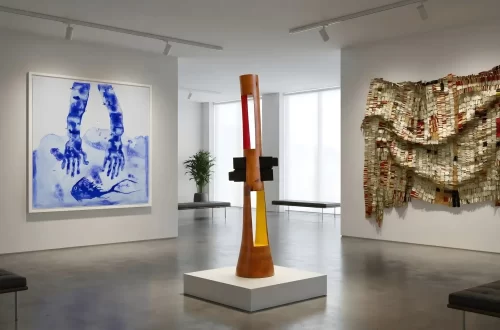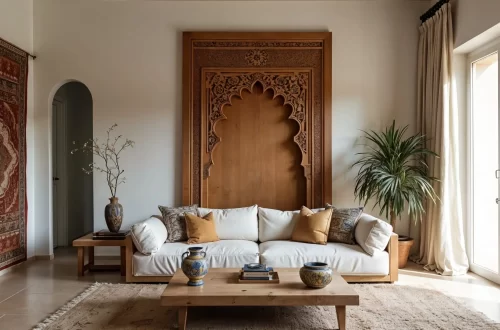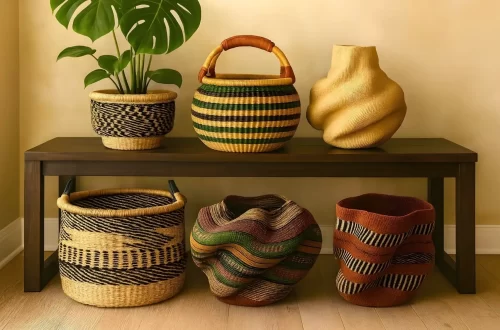Choosing the right tile for your bathroom can feel overwhelming. Tiling is a long-term commitment, and finding a design that sets the perfect mood while complementing your home’s aesthetic is no small feat. Fortunately, there’s one type of tile that effortlessly blends beauty, function, and endless design possibilities: Moroccan tiles for bathroom. These North African treasures have adorned the walls and floors of grand palaces, historic monuments, and artisan homes for centuries. Their timeless appeal continues to captivate modern decorators, making them a standout choice for bathrooms today.
In this article, we’ll explore some of the most iconic Moroccan tiles for bathrooms and how you can incorporate them into your space.
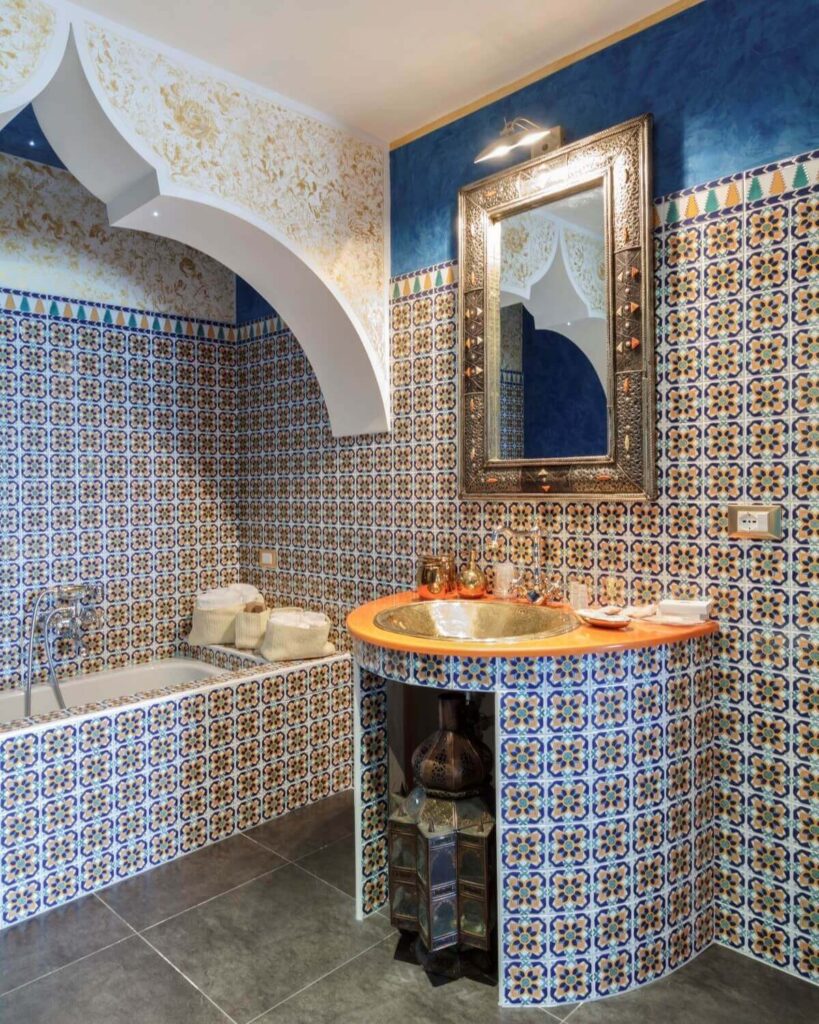
In this article:
- How to Pick the Perfect Moroccan Tiles for Your Bathroom
- Why Moroccan Tiles Are Ideal for Bathrooms
- Layout Inspirations Using Moroccan Tiles in Bathrooms
How to Pick the Perfect Moroccan Tiles for Your Bathroom
Moroccan tile-making is a craft that dates back to before the 8th century. With Islamic influences shaping its development, artisans perfected intricate geometric patterns, creating designs that remain iconic today.
When selecting Moroccan tiles, consider your bathroom’s layout, lighting, and overall design aesthetic. Some tiles bring a bold, eye-catching look, while others introduce subtle texture and warmth. Whether you prefer intricate patterns or earthy, organic tones, there’s a Moroccan tile to suit every style. Let’s explore three of the most popular Moroccan tile styles and their unique qualities.
Luxurious Moroccan Zellij (Zellige) Tiles
Zellij tiles, commonly known as Zellige, are very recognizable Moroccan tiles. Their rich, hand-glazed surfaces and vibrant hues make them an unmistakable design element in both traditional and contemporary spaces.
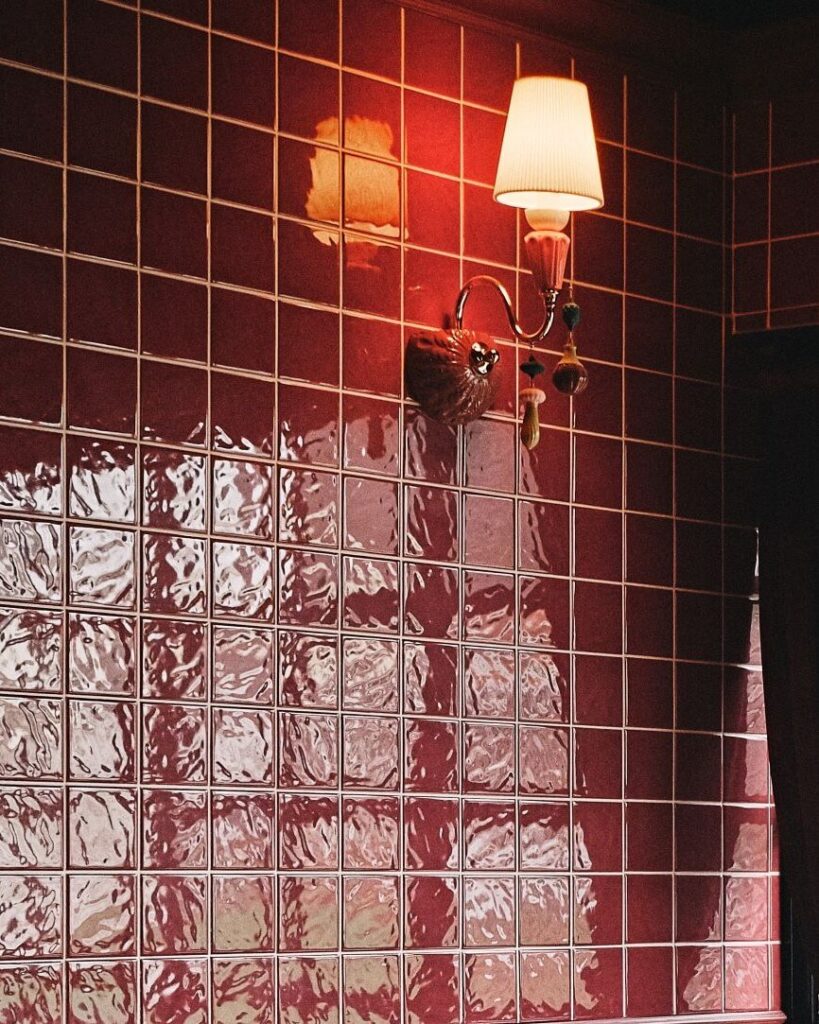
Each tile is crafted from high-quality local clay, primarily sourced from Fez and Meknes. The clay is hand-kneaded, sun-dried, and fired at high temperatures before being hand-cut into various shapes. The process results in tiles with slightly irregular edges and unique color variations—features that contribute to their distinctive, one-of-a-kind appearance.
Best suited for walls, Zellige tiles add texture and depth to a bathroom. Their glossy finish reflects light beautifully, making smaller spaces feel more open and inviting.
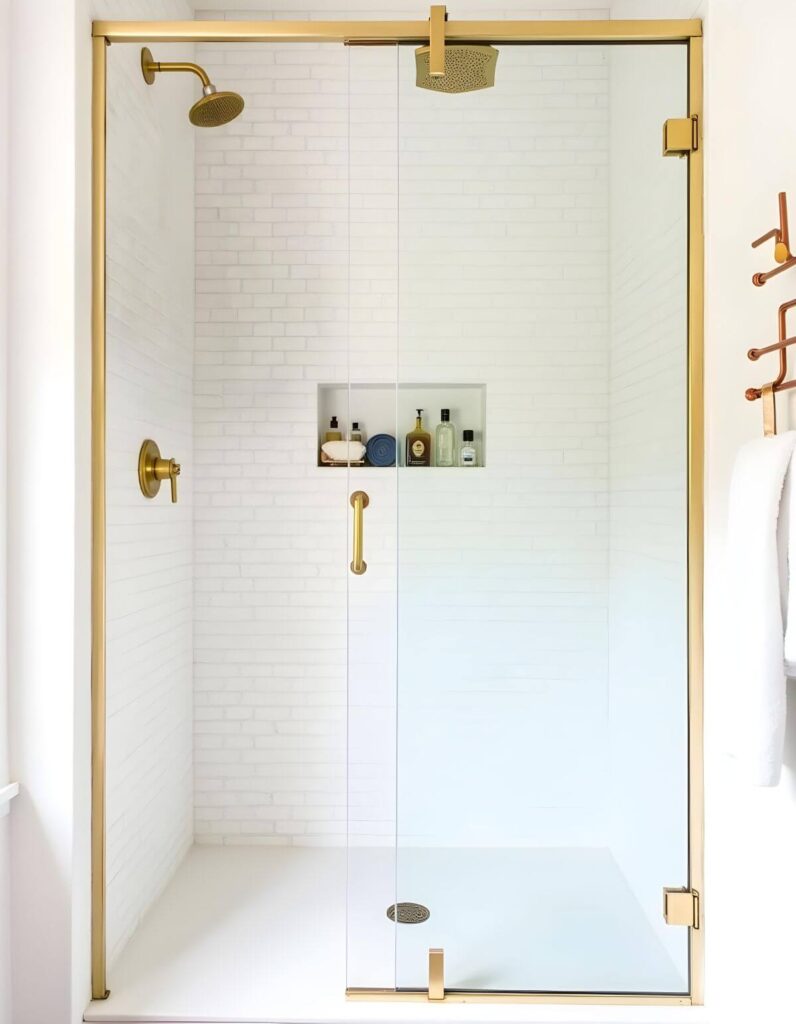
Moroccan Bejmat Tiles for a Rustic Charm
Bejmat tiles share a similar clay foundation with Zellige but have a few notable differences. These rectangular tiles are typically unglazed and thicker, giving them a natural, earthy appeal that works well in organic or rustic interiors.
The simplicity of Bejmat tiles allows for creative layouts, whether arranged in classic herringbone patterns, sleek straight lines, or bold chevrons. Their durability makes them ideal for both walls and floors, adding a handcrafted charm to any space.
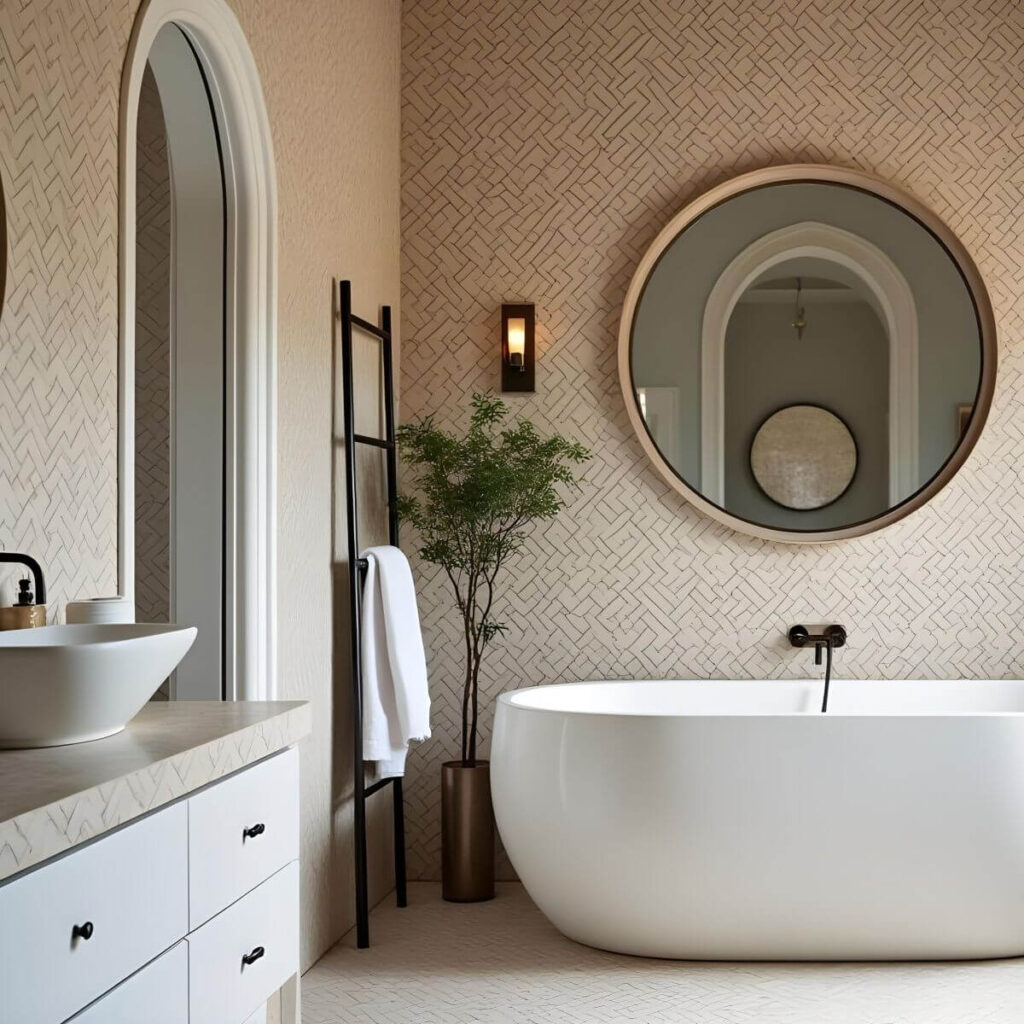
Versatile Moroccan Cement Tiles
Unlike clay-based Zellige and Bejmat, Moroccan cement tiles are crafted using a pressing and curing technique rather than kiln-firing. This results in a smooth, matte finish that serves as the perfect backdrop for intricate patterns.
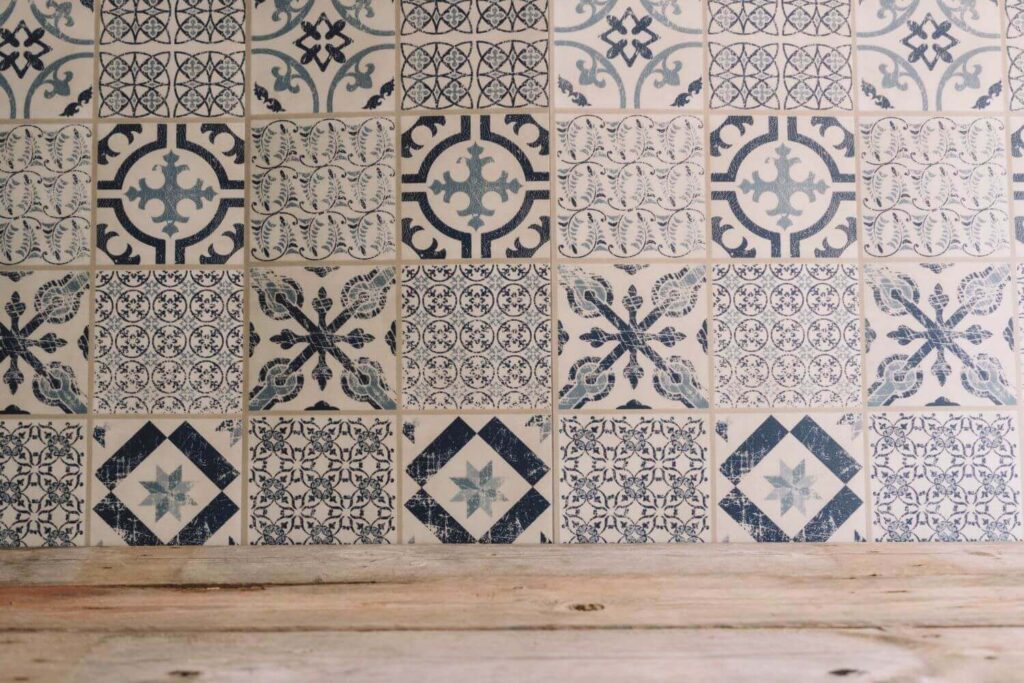
Cement tiles often feature Moorish, Spanish, and Islamic-inspired motifs, with elaborate florals, arabesques, and geometric designs. Their artistry is a reflection of centuries-old craftsmanship, much like the bold patterns found in African textiles and handwoven rugs. Whether used for accent walls, shower niches, or flooring, these tiles introduce a striking visual impact that sets a bathroom apart.

Discover more about Moroccan craftsmanship: The 5 Moroccan Rug Styles That Make Every Step Special
Why Moroccan Tiles Are Ideal for Bathrooms
Moroccan tiles for bathroom aren’t just beautiful—they’re also incredibly practical. Here’s why they continue to be a top choice for bathrooms, hammams, and luxury hotels around the world.
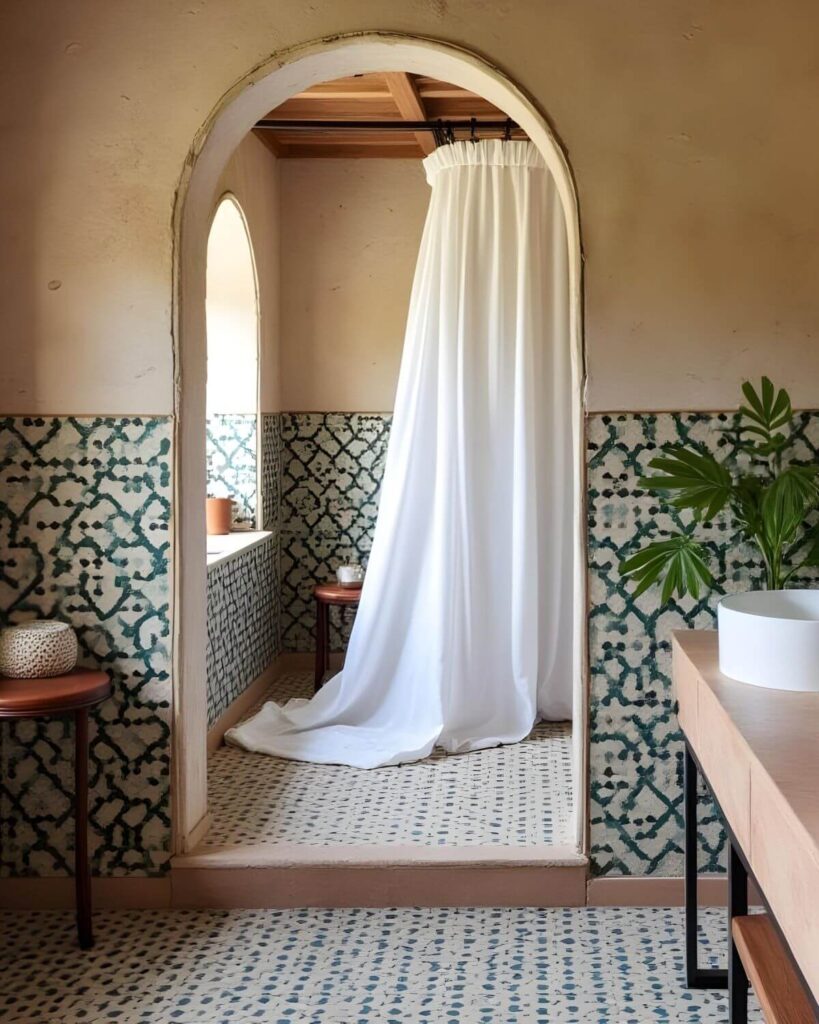
Reasons Why Moroccan Tiles Shine in Bathrooms
- Timeless Design: From understated Bejmat to bold patterned designs, Moroccan tiles instantly elevate any space.
- Water Resistance: These tiles handle moisture exceptionally well, making them ideal for bathroom walls, showers, and floors.
- Temperature Stability: Unlike some flooring materials, Moroccan tiles maintain a comfortable temperature underfoot.
- Durability: Their robust nature ensures longevity. Once plastered, they last for decades.
- Cultural Legacy: Beyond aesthetics, Moroccan tiles carry a rich history and artisanal craftsmanship, bringing unique character to any home.
For these reasons, Moroccan tiles for bathroom are an exceptional choice. Beyond their striking designs, practical benefits, and rich history, their variety and durability make them a timeless investment that caters to every preference.
Layout Inspirations Using Moroccan Tiles in Bathrooms
If you’re ready to incorporate Moroccan tiles into your bathroom, we have just the right dose of inspiration for you.
Enhancing Bathroom Walls with Moroccan Tiles
For an effortless way to add texture and visual interest, consider using Moroccan tiles on your bathroom walls. A full accent wall clad in Zellige tiles creates a shimmering, artisanal effect, while a half-tiled wall with a neutral paint color above offers a more understated yet sophisticated look. If you prefer intricate patterns, cement tiles with Moorish or geometric designs make a striking statement behind a vanity or in a shower.
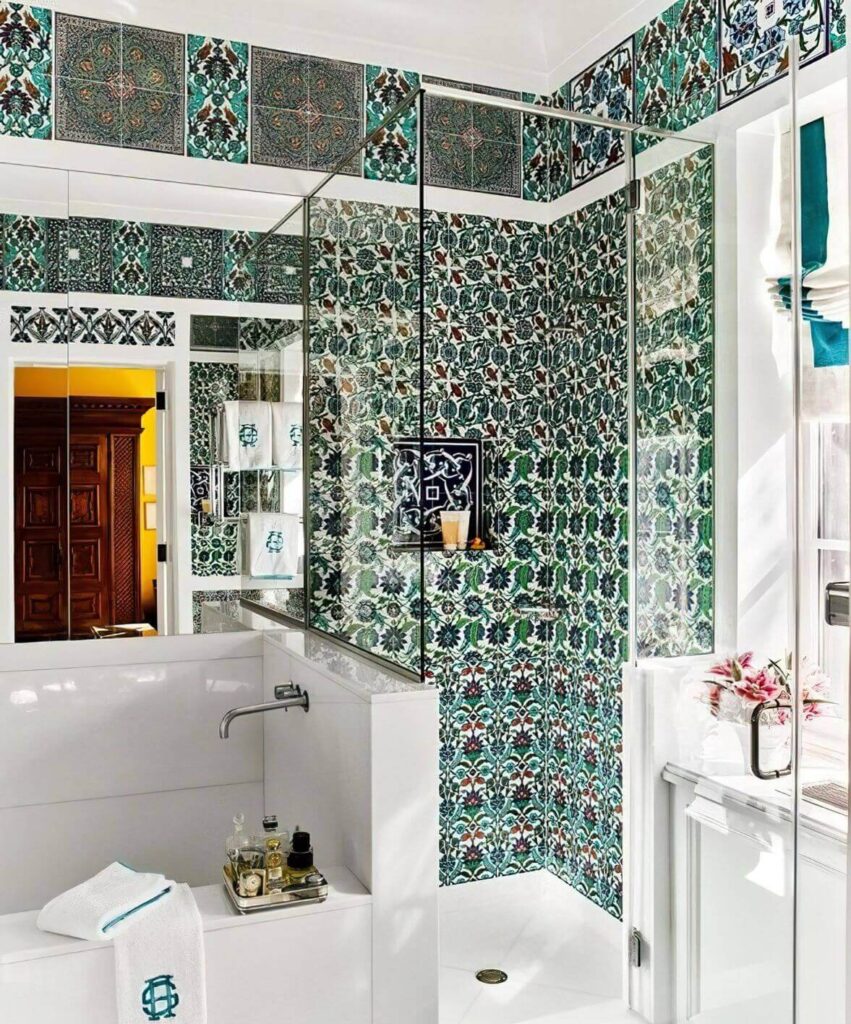
Another creative approach is to mix and match different Moroccan tile styles. For example, pairing glossy Zellige tiles on the walls with vibrant cement tiles on the floor can create a stunning contrast that adds depth to your space. If you love the idea of subtle luxury, opt for neutral or muted tones that allow the texture and craftsmanship to shine without overpowering the room.

Moroccan Tiles for Stylish Bathroom Flooring
Flooring is a fantastic way to experiment with Moroccan tiles for bathroom. Bejmat tiles in warm terracotta or soft sand tones bring a natural, organic aesthetic, while patterned cement tiles can add an artistic, bohemian flair. Herringbone and chevron layouts work beautifully with Bejmat tiles, offering a dynamic look that enhances the flow of the space.
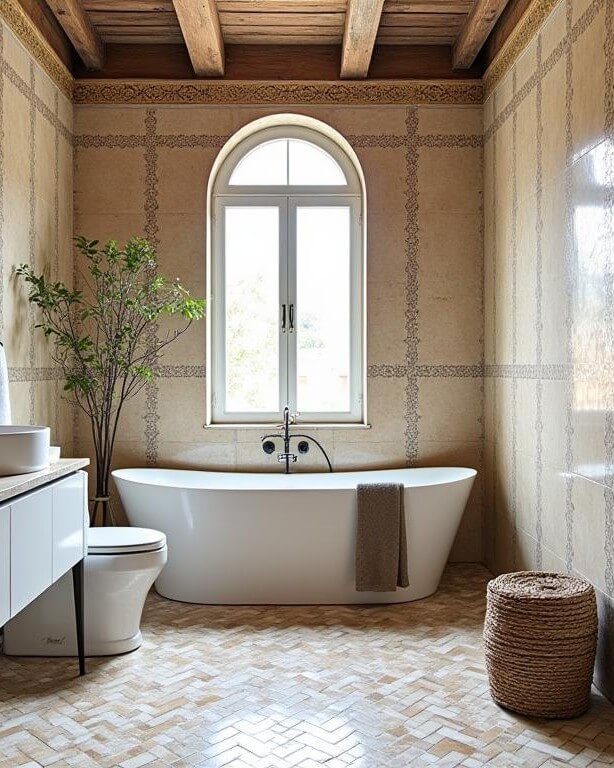
For a truly immersive experience, consider extending your floor tiles slightly up the walls or onto a built-in shower bench. This cohesive design trick makes the space feel more seamless and sophisticated while reinforcing the authentic Moroccan feel.
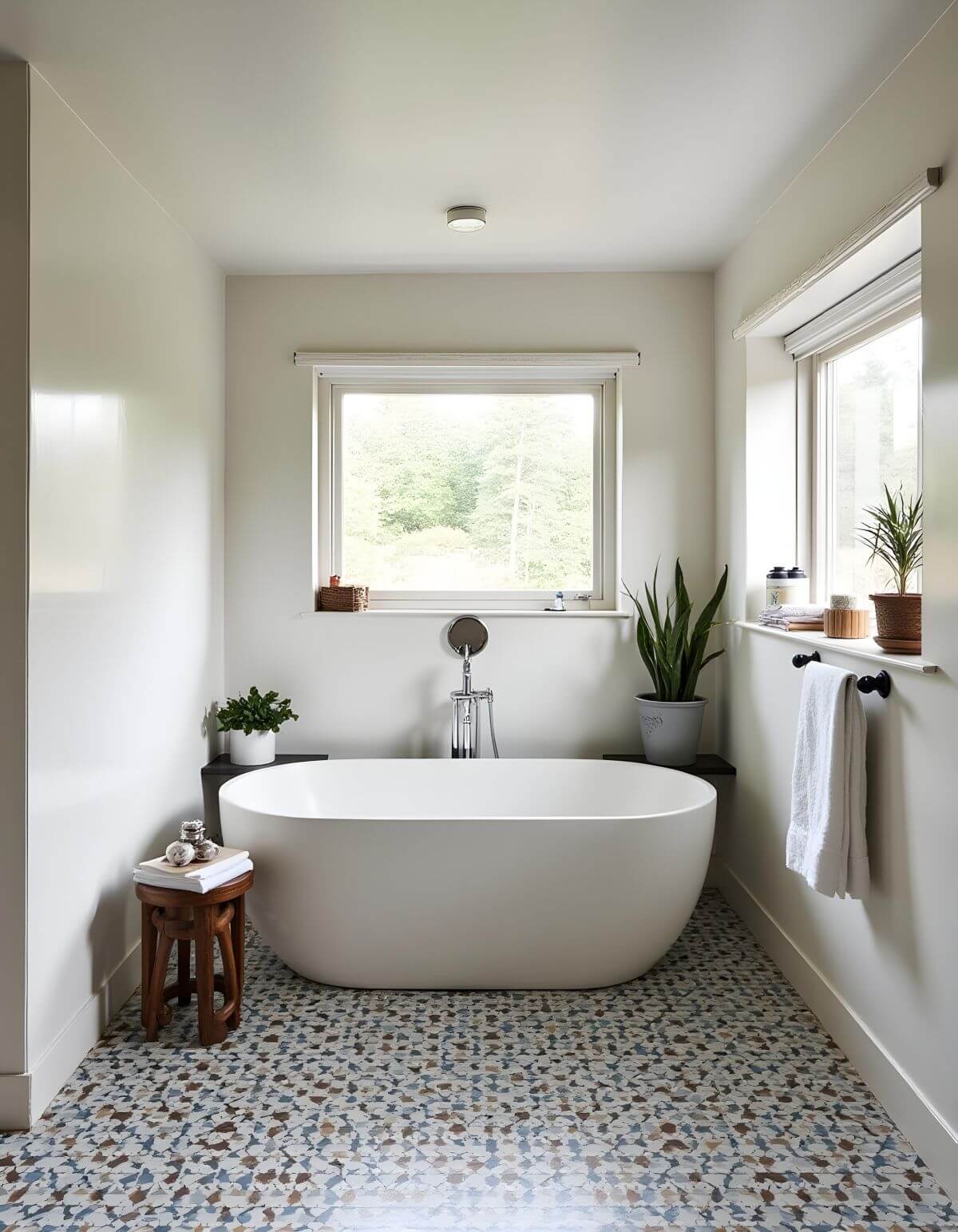
Statement Bathroom Area Designs
A Moroccan-tiled shower instantly transforms a bathroom into your own unique haven. Zellige tiles in deep blues, emerald greens, or soft pinks reflect light beautifully, creating a luminous, water-inspired look that mimics the aesthetic of traditional hammams. If you prefer bold patterns, go for cement tiles with vibrant motifs to make your shower a true focal point.

For added impact, play with tile placement. A vertical stack of rectangular Zellige tiles elongates the space, while a mix of tile shapes—such as a combination of square and hexagonal designs—adds extra dimension. If you want a touch of drama, consider tiling the ceiling as well, enveloping the shower in a rich, immersive Moroccan ambiance.
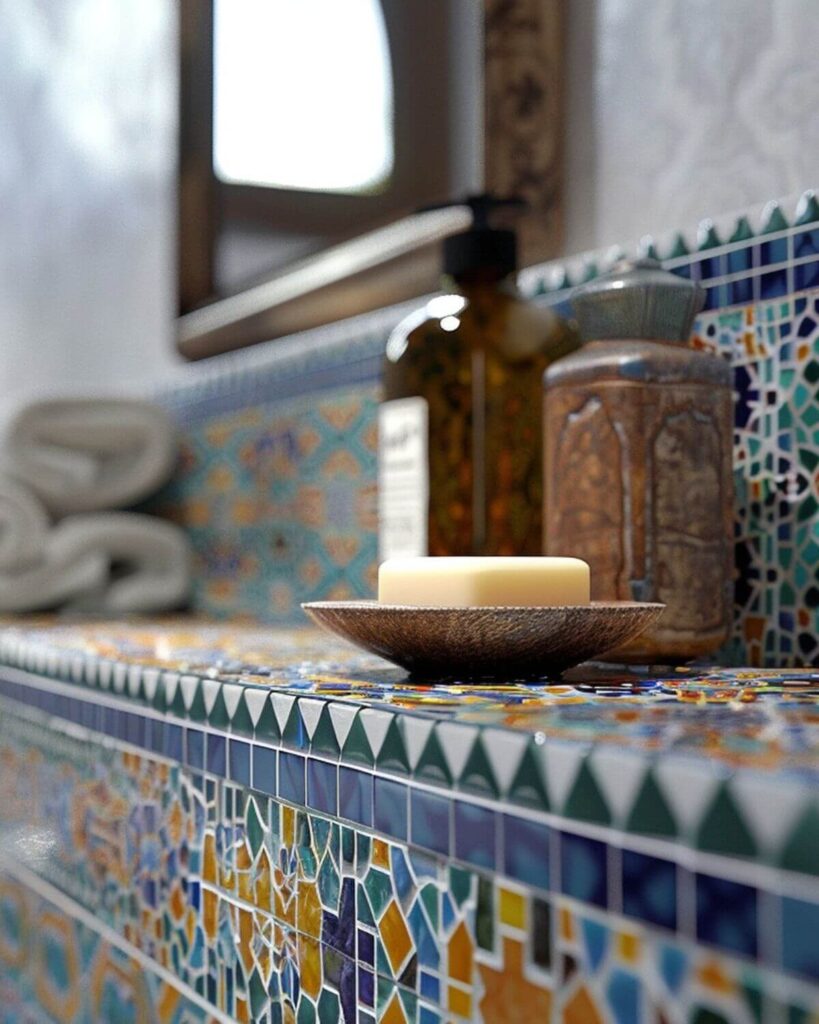
However you use them, Moroccan tiles for bathroom seamlessly elevate the space.
Whether you love the handcrafted imperfections of Zellige, the rustic charm of Bejmat, or the artistic patterns of cement tiles, Moroccan tiles for bathroom bring an unmatched level of sophistication and craftsmanship to bathrooms. With their rich history, practical benefits, and timeless beauty, these tiles offer an effortless way to infuse your space with North African artistry.
Looking for more stunning bathroom inspiration? Explore 5-Step Guide to African Decor for Bathroom and discover how to bring even more heritage into your space.

